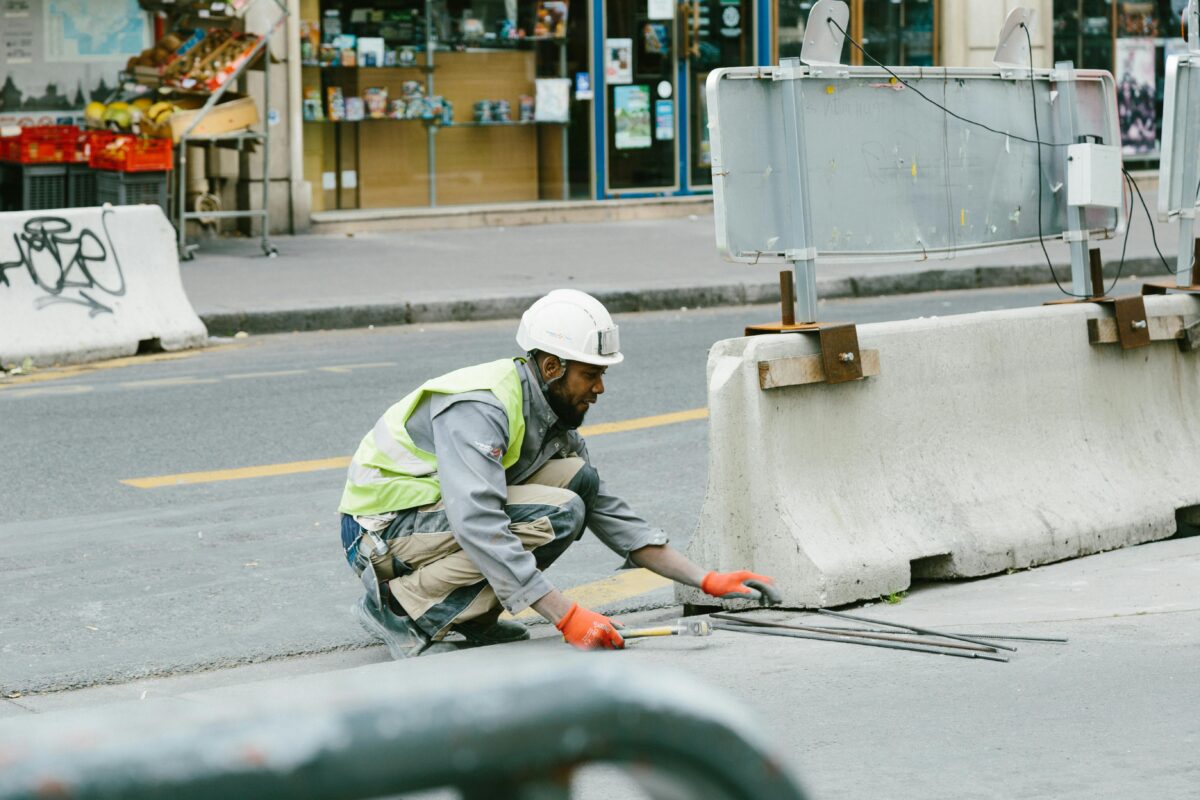When it comes to fast-setting projects, chemical anchors are an ideal solution for securing heavy-duty materials in concrete, brick, or masonry surfaces. Whether for construction, renovation, or installation purposes, understanding how chemical anchors work and how they differ from traditional anchors can significantly impact project success. Below is an in-depth look into chemical anchors, their benefits, and key factors to consider when using them for fast-setting projects.
What Are Chemical Anchors?
Chemical anchors, also known as epoxy anchors or resin anchors, are a type of fastening system that uses a resin-based adhesive to secure threaded rods, rebar, or other metal components into masonry or concrete. Unlike mechanical anchors, which rely on friction or expansion, chemical anchors use a chemical reaction to form a secure bond with the substrate.
How Do Chemical Anchors Work?
The installation of a chemical anchor involves injecting a two-part resin (typically epoxy, polyester, or vinylester) into a pre-drilled hole, followed by inserting the metal component (such as a threaded rod or rebar). The resin fills the voids within the hole and hardens, creating a high-strength bond between the anchor and the substrate. The curing time can vary depending on the resin type, but for fast-setting projects, quick-curing formulations are available.
Advantages of Chemical Anchors for Fast-Setting Projects
- High Load Capacity: Chemical anchors provide superior holding power, making them suitable for heavy loads and critical applications, such as securing structural elements, machinery, or safety barriers.
- Vibration Resistance: Chemical anchors maintain their grip even under vibration, which makes them ideal for settings with dynamic forces, such as industrial machinery or bridges.
- Corrosion Resistance: Many chemical anchors offer enhanced corrosion protection, especially when paired with stainless steel or galvanized metal components. This makes them suitable for outdoor or marine environments.
- Versatile Applications: Chemical anchors are compatible with a variety of substrates including concrete, masonry, stone, and brick. They can be used for rebar connections, anchoring steel frames, or attaching facades.
- Flexibility in Hole Size: Chemical anchors can fill irregularly shaped or oversized holes, allowing for greater flexibility during installation.
- Fast Curing Options: Some chemical anchor formulations are designed for rapid curing, enabling projects to proceed without long waiting times. Fast-setting epoxy and vinylester resins can cure in as little as 30 minutes under optimal conditions.
Types of Chemical Anchors for Fast-Setting Projects
- Epoxy-Based Chemical Anchors: Known for their excellent bond strength and durability, epoxy-based anchors are often used in structural applications. While standard epoxy resins may take hours to fully cure, fast-setting variants are available, which cure in just 15 to 30 minutes, making them ideal for urgent projects.
- Vinylester Chemical Anchors: Offering a quick curing time and high resistance to extreme temperatures, vinylester anchors are preferred for time-sensitive projects and applications in environments exposed to heat or chemicals.
- Polyester Resin Anchors: Polyester resin chemical anchors are a cost-effective option for fast-setting installations in non-critical environments. They offer good performance in dry conditions and are suitable for medium to lightweight loads.
Factors to Consider for Fast-Setting Projects
- Curing Time: Always check the curing time of the resin to match it with the project’s timeline. Fast-setting epoxies and vinylester resins can speed up installation, but ensure that the environmental conditions (temperature and humidity) do not delay the curing process.
- Load Requirements: The load capacity of chemical anchors varies by type. Make sure to choose a chemical anchor that meets or exceeds the load demands of your application, especially in structural or safety-critical scenarios.
- Environmental Conditions: The choice of resin depends on the environment. For example, vinylester is excellent for high-temperature and chemically exposed environments, while epoxy works well in most other settings. Corrosion-resistant metal anchors like galvanized or stainless steel should also be used in outdoor or marine applications.
- Installation Method: Precision in drilling, cleaning, and resin application is key to achieving a secure bond. Improper installation can significantly reduce the anchor’s effectiveness, especially in fast-setting conditions.
Applications of Chemical Anchors in Fast-Setting Projects
- Structural Reinforcement: Used for rebar anchoring and adding reinforcements to existing concrete structures.
- Masonry Wall Fixings: Anchoring heavy-duty supports, such as railings, HVAC equipment, or facade systems, into masonry walls.
- Safety Barriers: Securing crash barriers, guardrails, and other safety features in both public and private infrastructure projects.
- Industrial Equipment: Anchoring large machinery and equipment where vibration resistance is required.
- Commercial Construction: Installation of steel frames, signages, and other load-bearing elements in commercial buildings.

